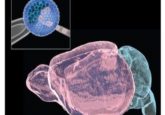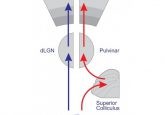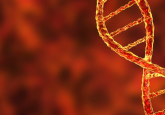Researchers control animal movement
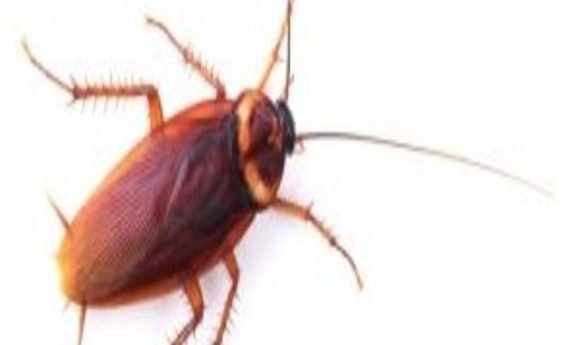
Scientists have developed a way to precisely control the movements of animals by relying on one of the world’s most hated creatures: the cockroach.
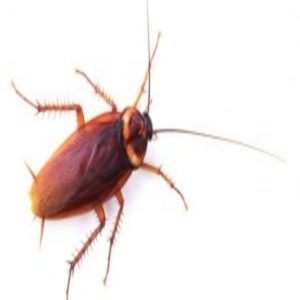
Walking is a complicated process requiring the mind to direct navigation, muscles to push and pull, joints to bend, and for cockroaches, six legs and two antennae to transmit information to the brain. For insects, the central complex in the brain processes this information and synchronizes the actions needed for foraging, climbing over barriers, and navigating.
To explore this process in greater detail, Roy Ritzmann and his team from Case Western Reserve University inserted tiny wires into the central complex of 27 cockroaches in the brain areas that respond to antennal and visual cues. They let these cockroaches run free while the researchers recorded their neuronal activity and videotaped their movements. By matching the cockroach behavior in the video with neuronal spikes, the team was able to identify classes of cells that predict different types of movement. “We can see which cells prefer a left or right turn and which prefer forward motion, slow and fast, and see combinations of slow right or fast left,” Ritzmann said in a press release.
Once they mapped which cells correlated with which movements, the team then used the connected recording wires to send small electrical pulses to specific cells. “If you stimulate the cells you saw were active before the turn or slow or fast walk, you get the same movement every time you stimulate them,” said first author Joshua Martin. “It’s like a joystick on the animal. We can control its direction and alter its speed.”
While the team so far has only controlled cockroach movement by stimulating central complex cells, they expect that this process occurs in other animals as well. “It is highly likely that descending motor control such as this also resides in all legged animals, including us,” Ritzmann said. “So this kind of study, with the technical advantages that insects afford researchers, can help to understand how movement is generally controlled in complex environments.”
This study, and similar studies the group is currently performing on other insects, will increase understanding of the sensory, neural, muscular, and reflex processes that coordinate movement. But the researchers’ goals don’t end there. Knowing how movement is controlled in animals should enable scientists to create new beings—or robots—such as self-driving cars or drones that can move around obstacles on their own. This ability to act on their own should make these machines more useful and predictable.



